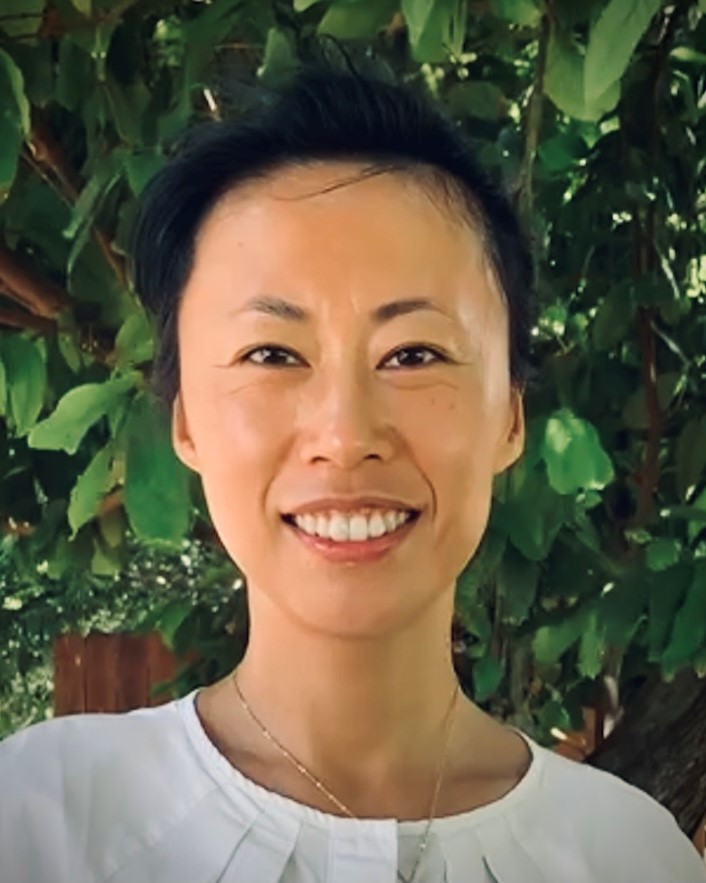A Highly-Efficient Planning and Delivery Method for Proton Spatially Fractionated Radiation Therapy
Presentations
(Saturday, 3/26/2022) [Central Time (GMT-5)]
Purpose: To develop a highly-efficient planning and delivery method for spatially fractionated (GRID) radiation therapy with proton pencil beam scanning (PBS).
Methods: For a large upper lung tumor case (839cc), a proton GRID therapy with dose of 15 (Gy,RBE) in one fraction was prescribed to the deepest depth of the tumor (14cm). Two proton plans, A and B, were created. Both plans used a single beam at 345° and the same GRID spacing of 2.3cm. Plan A consisted of 31 energy layers ranging from 70 to 135MeV. At each energy layer, a single spot was placed at a GRID location, and there were a total of 313 spots. The maximum monitoring units (MU) per spot was 48. Plan B consisted of 101 energy layers in the same range. At one GRID location, multiple spots with a spacing of 0.1 cm were placed. The total number of spots were 14965, and the maximum MU/spot was 4.4.
Results: Both plans delivered the same GRID patterns. The average dose to the GTV and body were 3.7 and 0.4Gy, and 3.8 and 0.41Gy in plan A and B, respectively. Plan A had a larger peak-to-valley ratio than plan B (5.6 vs 4.4), because in plan B, multiple spots placed at one GRID location caused blurring of the GRID. The delivery time of plan A was approximately 3 times faster than plan B, due to drastic smaller number of energy layers and spots in plan A.
Conclusion: Planning and delivery of PBS proton GRID therapy with a single spot per GRID location per energy layer at an energy spacing proportional to the spot size provides superior peak-to-valley ratio and high delivery efficiency without compromising the quality of spatial fractionation that can be created by much larger number of spots.
Keywords
Taxonomy
Contact Email



